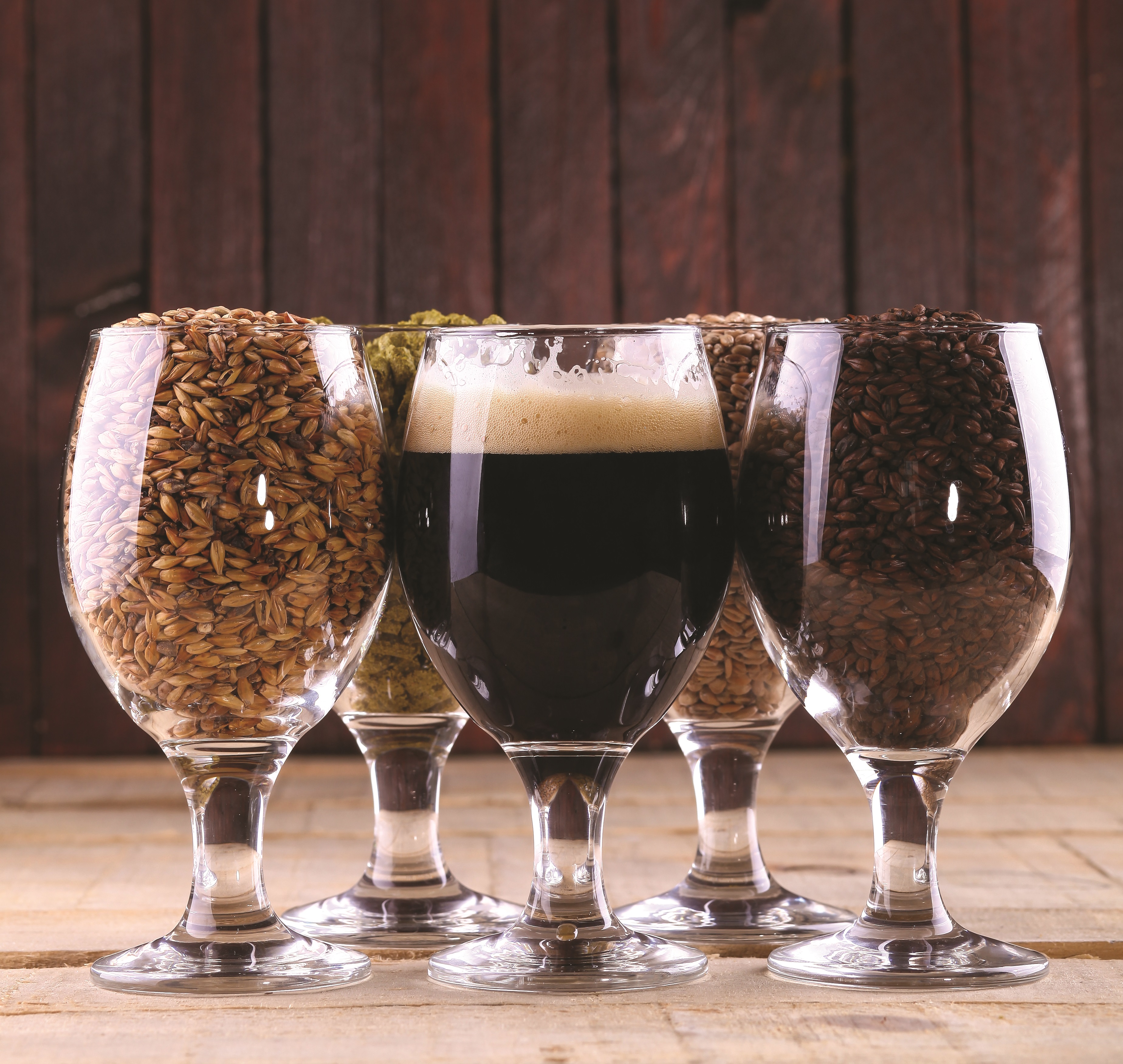_________________________________________
At a time when beer is enjoying unprecedented popularity and consumers are constantly demanding new and interesting drinks, barely a day goes by without the arrival of something eye-catching and exotic on the bar. Brewers today enjoy a liberty to experiment not seen for many a year and, increasingly, this is leading to the development of some unusual flavours during the brewing process.
Flavour in a beer is primarily derived from four basic sources. First there is the malted barley that, depending on how deeply it is roasted, can provide notes of anything from biscuit to coffee. The malt is balanced by hops, which, according to the variety used, can add flavours as varied as herbs and citrus fruit. The water used to bring the malts and hops together may also have an influence, as its minerals come to the fore. Finally there is the yeast, which not only converts sugars into alcohol and carbon dioxide but also generates fruit, floral and other characteristics. It’s a complex set of tastes and aromas that the skilful, experienced and imaginative brewer can harness to create a fantastic product.
But, not content with these four primary flavour generators, some brewers also reach out to other ingredients or adopt unconventional techniques to take the sensory profile of their beers in other directions. The use of such additional flavourings in beer is nothing new.
Before hops were adopted some 400 years ago as the main means of providing a bitter balance to the sweetness of the malt, brewers incorporated all manner of herbs and spices to achieve the same effect. Commonly in use were anything from bog myrtle (sweet gale) to yarrow and the mix of such ingredients was called gruit.
Some breweries still play around with the kind of ales this created, most notably the Gruut brewery in Ghent, Belgium, which offers several types of unhopped beer, and Williams Bros in Scotland, which has enjoyed many years of success with beers featuring heather (fraoch), pine sprigs (alba) and even seaweed (kelpie).
Although the days of gruit are mostly in the past, spices have never left brewing. Ginger beer is an obvious example, the lemony accent of root ginger and the warming kick it provides now being welcomed by many brewers – Italy’s Doppio Malto, for instance, with its Zingibeer. Some brewers are even more adventurous. Hop Back in England has been producing a beer called Taiphoon since 1999. Featuring lemongrass and coriander, it was devised to be the perfect accompaniment for an oriental dinner, but its perfumed fruitiness is very refreshing even on its own.
ADDITIONAL FLAVOURING
Historically, there was often another good reason to opt for some kind of additional flavouring. In those pre-refrigeration, poor-hygiene days, beer often turned sour rather quickly and a crafty dosing of something pungent could just about make things palatable. That may have been how the Belgian witbier style came into being, with its lacing of bitter orange peel and coriander – both in handy local supply thanks to the seafaring Dutch and their trade in exotic ingredients. Among the best-known examples of this spicy, fruity beer style today are Hoegaarden from Belgium and Hitachino Nest White Ale from Japan.



